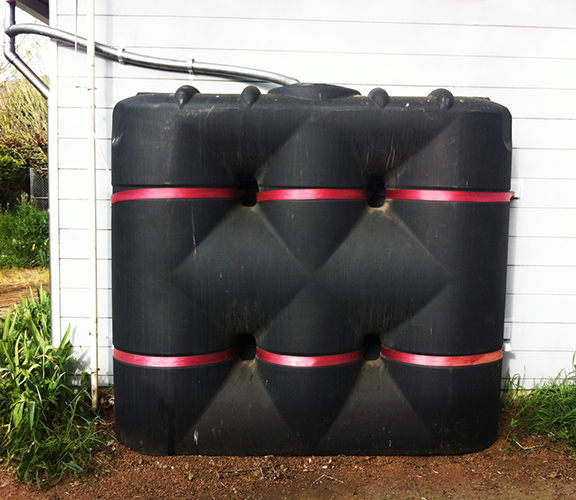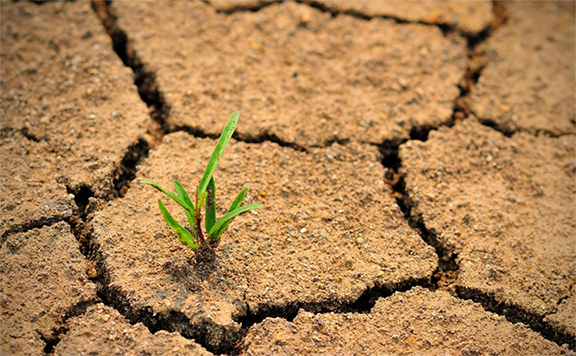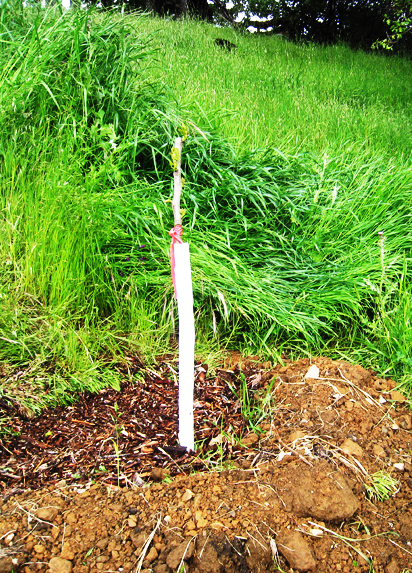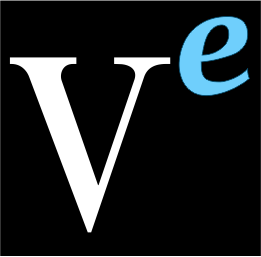Reduced water waste is the least expensive way for California to obtain the next one-third of water, according to the Pacific Institute. Low Impact Development retains water in cisterns and the landscape for security and future use. It is a cheaper way to address stormwater and helps with water supply and climate change issues.

Rainwater Catchment
Rainwater harvesting can be efficient and cost-effective when used to flush toilets and do laundry. It is a LID principle because in urban where there is a lot of pavement, the hydrologic cycle is accelerated and exaggerated (bigger faster floods).
Low Impact Development (LID) is the efficient use and treatment of stormwater. Rain is captured in cisterns, soil, and aquifers for immediate and future use. LID includes bioswales, rain gardens, rainwater catchments, living roofs, and permeable pavement. LID uses best management practices that filter contaminants from urban runoff and save water and energy. Stormwater Certified QSD (Qualified SWPPP Developer) and QSP (Qualified Stormwater Practitioner).


Earthworks pervious pavement
Capturing water in a region is possible through the shaping of the earth into berms, basins, and swales. LID addresses this on an urban scale. In permaculture, this is addressed through the development of keylines, strategic locations of ponds, and cascading basins that recharge soil and groundwater.
